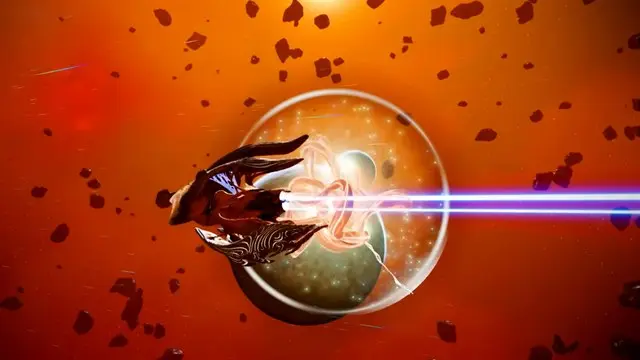3Comments
PUBLISHED
UPDATED
No Man's Sky Oxygen Guide - Best Ways to Farm Oxygen
All this just to breathe...
About the Author
Gabriel Moss
Ever since bravely venturing into an Oculus Rift and never rematerializing on the other side, the tale of Gabriel has been synonymous with mystery and intrigue. Rumors have it that whenever his eldritch captors let him out of his VR prison cell, he enjoys playing action adventure games, single player RPGs, and MMOs.
Newest


